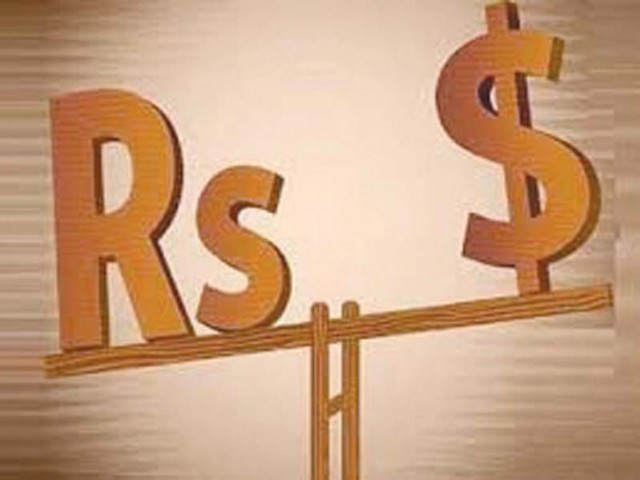The Rupee Bleeding Value
Siddhant Bansal recently left for New York to pursue his under-graduate program. He had to shell out a whopping Rs 72000 to get USA Dollars (USD) 1000 for his daily expenses. Just 8 months back, around January, he would have had to spend only about Rs 64000 for the same. Currently, the rupee is at its record lowest value against the dollar.The fall and rise of a currency, (unless they are fixed by their government) depends on a large number of factors. Internal factors mainly the monetary policy includes targeted inflation and interest rates in the country. Inflation is nothing but the reducing value of money. For example, if an apple costed Rs 10 ten years back, it costs Rs 50 today. Interest rates are basically the cost of borrowing money.
External factors include change in policy of important nations, demand and supply of the currency and quantity of imports and exports. Simply put, they are based on the economics of demand and supply. When a thing is more is demand, its value or price goes up, and when nobody wants it, the value or price goes down.
One of the primary reasons for the rupee devaluing today is that the USA Central Bank, known as the Federal Reserve, is trying to control the amount of dollars available in the market. The demand for dollars goes up and hence the price of dollar goes up against their currency. All Asian currencies are currently going down, but rupee more than any others.
India buys crude oil from outside the country along with fertilisers, medicine and iron ore. These items are not for our daily consumption, but they do affect the total cost of other items which we use and hence their prices go up.





